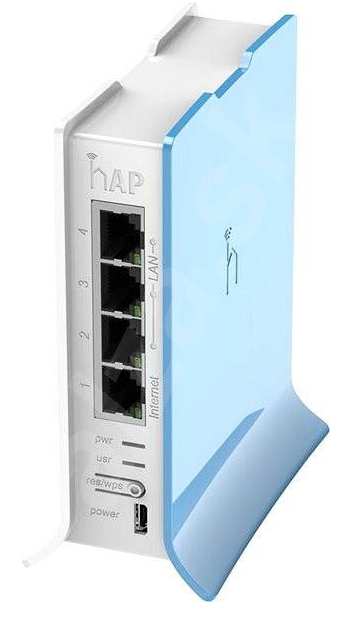Private cloud use grows, and ZeroStack wants to help spin them up
In June, private cloud infrastructure provider ZeroStack hired David Greene as its new CEO. For those of you who have followed the networking space closely, you may recognize Greene as the chief marketing officer of a couple of companies that were pioneers in their respective industries. Most recently, he was at Aerohive, one of the first Wi-Fi vendors to embrace a completely controller-less model.Prior to that, Greene was CMO of Riverbed. Riverbed certainly wasn’t the first WAN optimization vendor, but the company was responsible for evangelizing it and making it a household term (at least among IT circles).+ Also on Network World: Public vs. private cloud: Why the public cloud is a real threat to security + Now, Greene is trying to catch another wave, as ZeroStack is one of the first companies to offer an easy-to-deploy solution that enables businesses to quickly deploy a private cloud.To read this article in full or to leave a comment, please click here





 Source: accuweather.com
Source: accuweather.com


 The overall SD-WAN market increased 33 percent since first quarter 2017.
The overall SD-WAN market increased 33 percent since first quarter 2017. IBM was the first cloud provider to partner with VMware.
IBM was the first cloud provider to partner with VMware.
 The need for cloud and SDN are also linked to 5G network plans.
The need for cloud and SDN are also linked to 5G network plans. Security vendor Dataiku raised $28 million; ECI extends switching to metro networks.
Security vendor Dataiku raised $28 million; ECI extends switching to metro networks.